Ford Mustang (1999-2004) Service Manual: Four Wheel Anti-Lock Brake System (4WABS) Hydraulic Control Unit (HCU)
NOTE: This procedure only needs to be performed if the 4-wheel anti-lock brake (4WABS) hydraulic control unit (HCU) has been installed new or if the HCU lines have been opened.
1. Clean all dirt from and remove the brake master cylinder filler cap (2162), and fill the brake master cylinder reservoir (2K478) with the specified brake fluid.
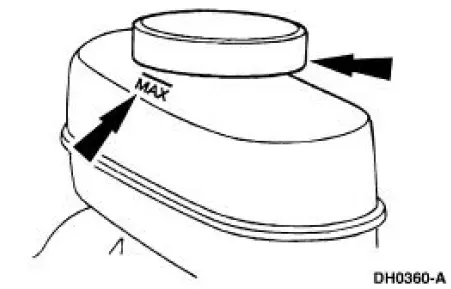
2. Connect a clear waste line to the RH rear bleeder screw (2208) and the other end in a container partially filled with recommended brake fluid.
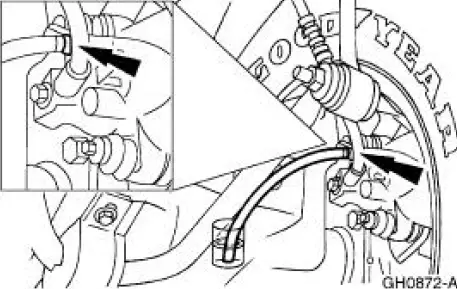
3. Loosen the RH rear bleeder screw until a stream of brake fluid comes out. While the assistant maintains pressure on the brake pedal (2455), tighten the RH rear bleeder screw.
- Repeat until clear, bubble-free fluid comes out.
- Refill the brake master cylinder reservoir as necessary.
4. Tighten the RH rear bleeder screw, and disconnect the waste line.
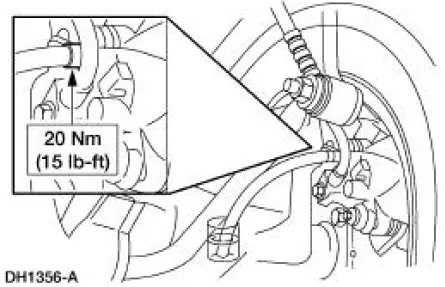
5. Repeat Steps 2, 3 and 4 for the LH rear bleeder screw, the RH front disc brake caliper (2B120) bleeder screw, and the LH front disc brake caliper bleeder screw, in that order.
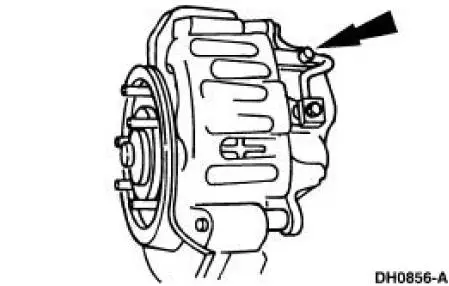
6. Connect the scan tool DCL cable adapter into the vehicle data link connector (DLC) under the dash, and follow the scan tool instructions.
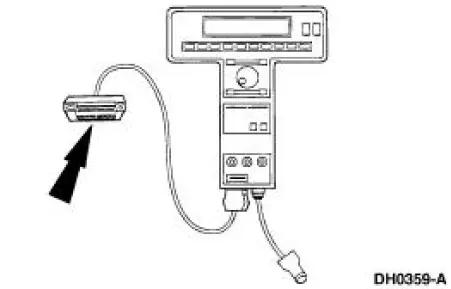
7. Repeat the system bleed procedure as outlined in Steps 1 through 5.
 Master Cylinder Priming - 4.6L
Master Cylinder Priming - 4.6L
1. CAUTION: Use only bleed screws on the engine side of the
brake master cylinder
(2140). The hydro-boost bleed screw, located near the dash on the
hydro-booster
casting, is for the booster ...
 Caliper
Caliper
1. NOTE: It is not necessary to do a complete brake system
bleed if only the disc brake caliper
(2B120) was disconnected.
Place a box end wrench on the disc brake caliper bleeder screw (2208). ...
Other materials:
Accelerator Cable Bracket - 4.6L (2V)
Removal and Installation
1. Disconnect the speed control cable from the throttle body and the bracket.
For additional
information, refer to Section.
2. Disconnect the accelerator cable from the throttle body by rotating the
throttle body full open
and align ...
General Maintenance Information
NOTE: This is a generic maintenance schedule for all Ford, Lincoln and
Mercury vehicles. There may
be items listed that do not apply to all vehicles.
The Normal Schedule applies to operation of the vehicle under typical, everyday
driving conditions.
The ma ...
Removal
1. Disconnect the battery ground cable.
2. Remove the air cleaner outlet tube. For additional information, refer to
Section.
3. Remove the radiator sight shield.
4. Install the special tool.
5. Using the special tools, support the engine.
6. Raise and sup ...
